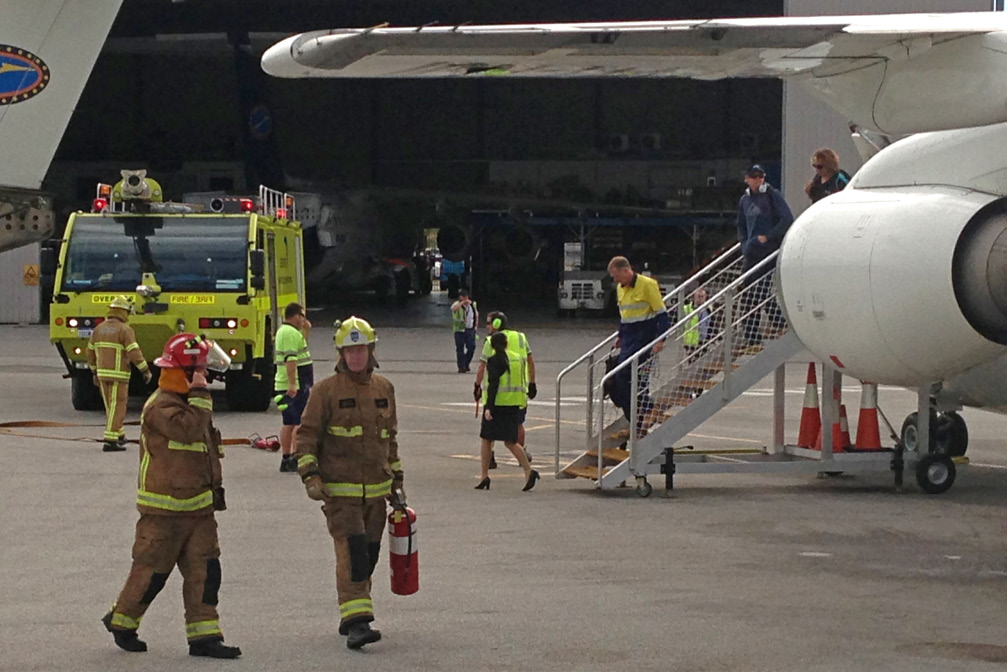Airservices Australia provides aviation rescue firefighting services at 26 of Australia’s busiest airports to protect and ensure the safety of the travelling public. The principal objective is to save lives.
Airservices Australia’s aviation rescue firefighting services are regulated by the Civil Aviation Safety Authority, which lists two key functions: to extinguish fires and rescue people from aircraft that have crashed or caught fire and to control and extinguish fire, and protect people and property from fire or the threat of fire anywhere on the aerodrome. We achieve this by maintaining a level of operational readiness that ensures immediate and rapid response to, and effective management of, emergency situations at airports.
Operational readiness depends on a number of factors including the effectiveness of our training and staff development programs, preventative maintenance conducted on vehicles and equipment, adoption of new technologies and the ability to quickly respond to industry changes and incorporate learnings from incident reviews.
Reviewing major aviation incidents that occur internationally and within Australia allows us to identify where we can make improvements to our emergency response capability through enhancing our training, operating practices and procedures. One such incident occurred in Las Vegas in September 2015. A British Airways B 777-200 experienced a port-side engine failure during take-off that resulted in a major fire. All 157 passengers and 13 crew evacuated safely via emergency slides onto the runway and the airport’s emergency services extinguished the fire within five minutes.
Following a review of this incident, we expanded our training program at our central training facility in Melbourne to include scenarios that require the use of aircraft slides to evacuate passengers. The use of these slides add another variable into the decision-making process for our staff when selecting the best possible firefighting response for the circumstances.
Additionally, we have put more focus on flexibility in our leadership training to encourage fire-ground commanders to consider alternative ways of positioning vehicles to gain maximum fire control while protecting people evacuating from the aircraft.
While safety remains our most important consideration as we go about performing our regulated functions, our focus is also to assist industry to maintain continuity of their operations by minimising the impact or disruption caused by an emergency situation or abnormal operation. This means we must respond to all emergency situations without delay. When we arrive at a scene, our actions must quickly make the area safe, effectively manage the emergency and also facilitate a return to normal operations as rapidly as possible.
The focus on operational readiness doesn’t stop at the incident scene or crash site, it also includes our role in the broader incident management team as part of the airport emergency plan.
Under the Air Services Act 1995, one of our functions is to promote and foster civil aviation. As part of this, we have offered to assist smaller airports without an aviation firefighting service to review their airport emergency plans to ensure roles and responsibilities are clear, developing ways to test capability and capacity, designing emergency exercises and working with other agencies identified in their plans.
Our training and expertise could be of significant value to other airports. It’s a potential win-win situation; increasing our contribution to aviation safety as well as giving our highly trained staff greater opportunities to contribute. Airservices Australia Aviation Rescue Fire Fighting Services provides a vital layer of safety for the aviation industry and the millions of passengers who travel in Australia every year.



